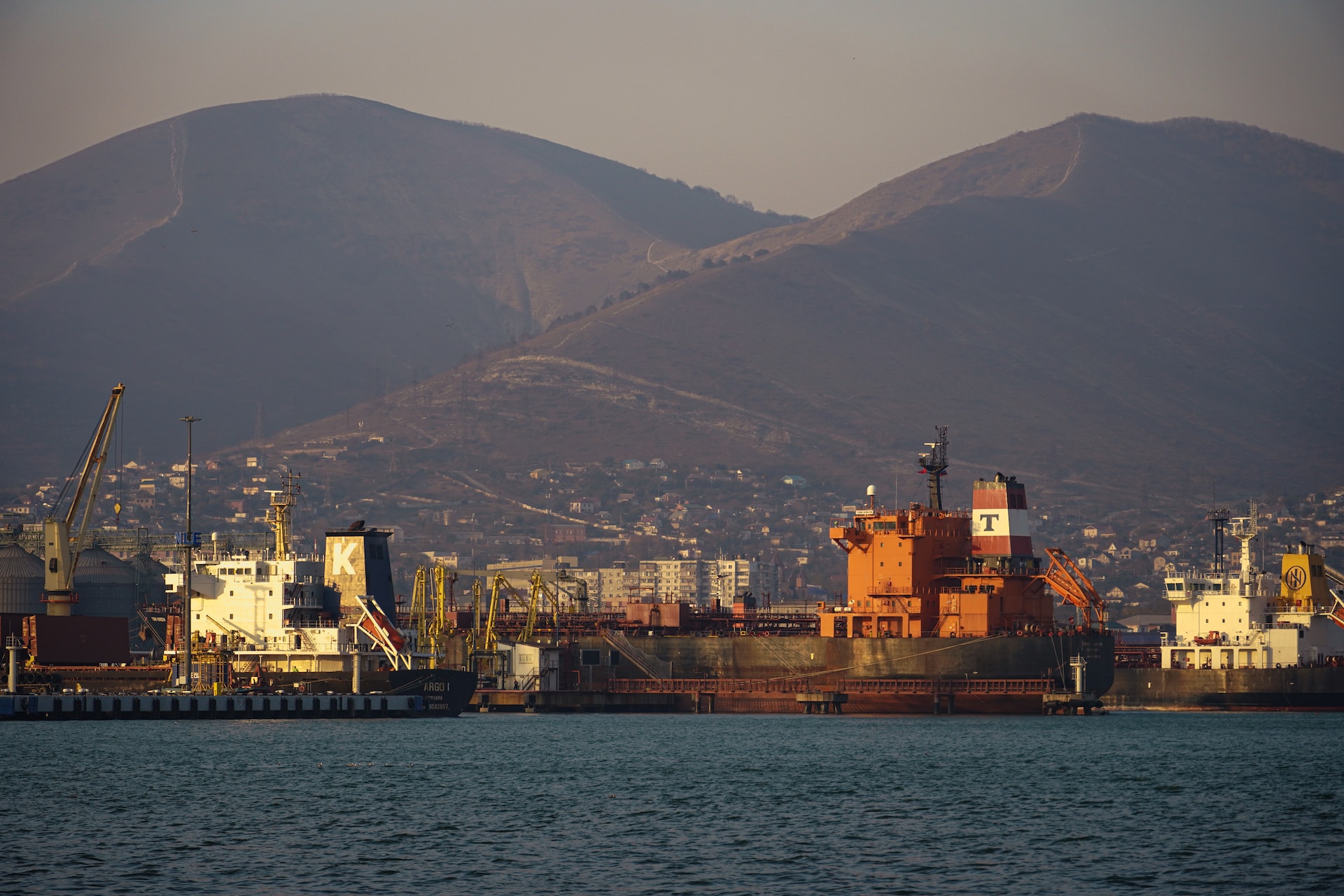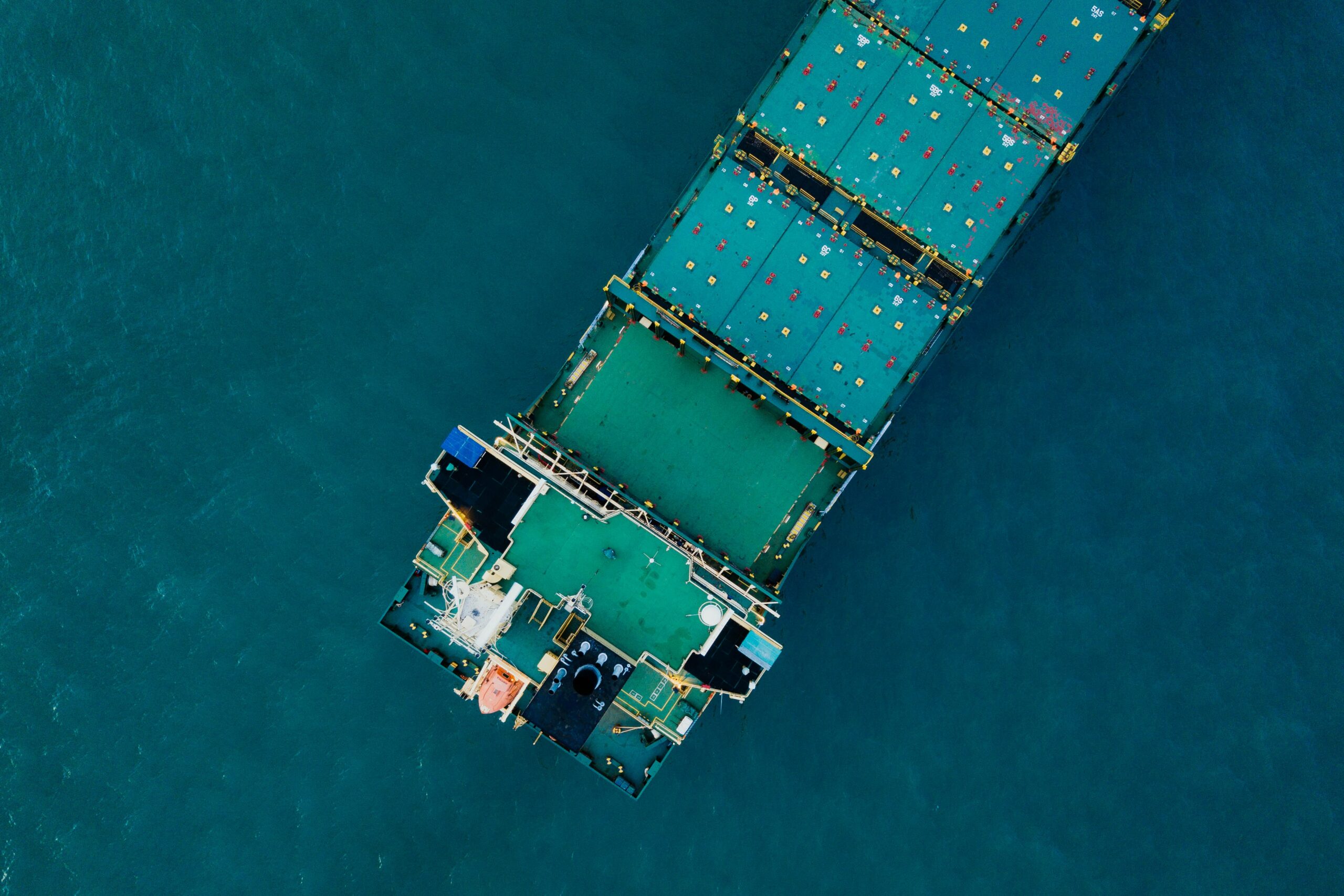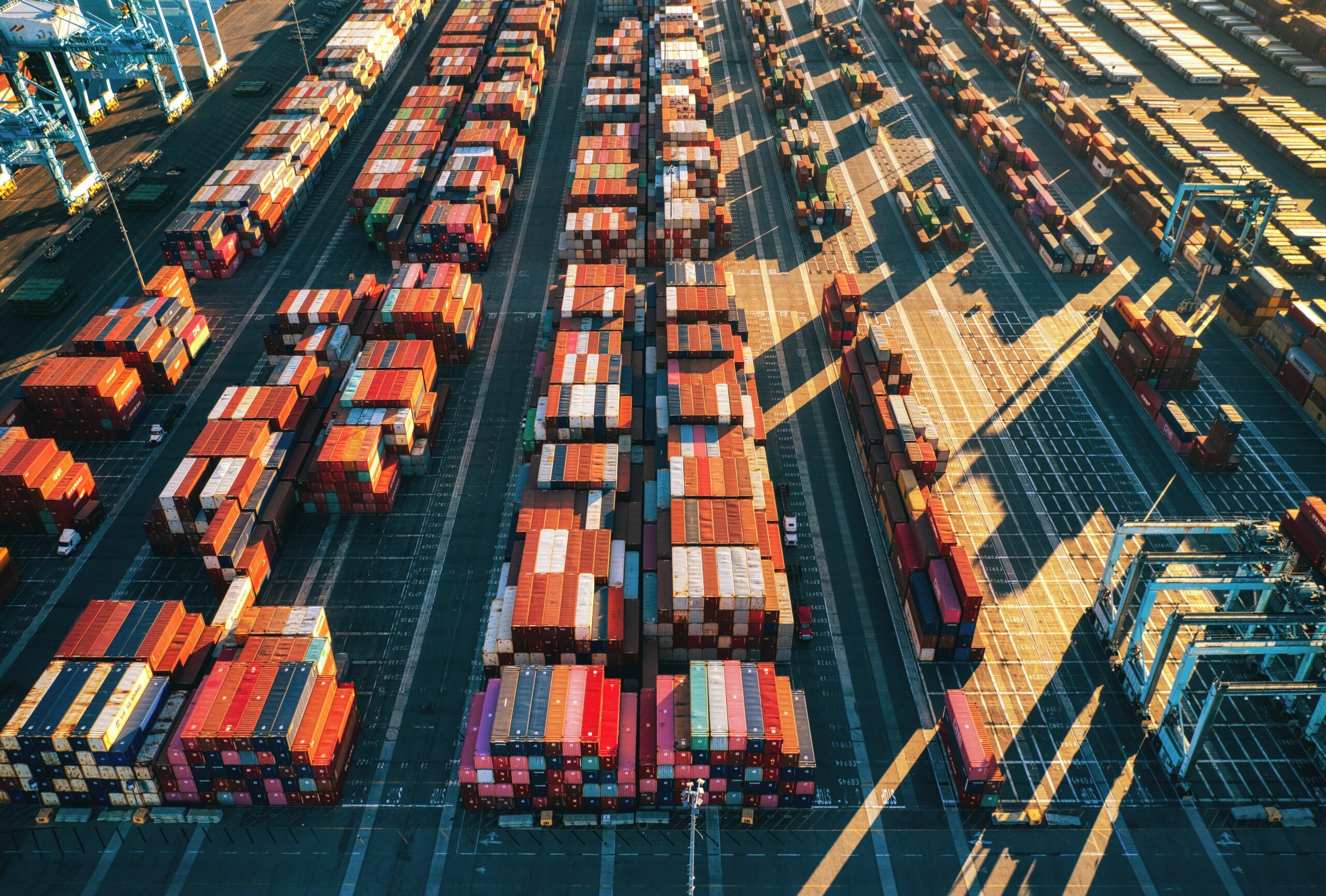The Master Bill of Lading is an important document in international trade, operating as a contract between the main carrier and the freight forwarder as well as a receipt for the aggregated cargo being carried. The MBL helps speed the shipping process, decrease costs, improve security, and facilitate cargo release at the destination port by giving a clear record of the cargo and its intended destination. As the global trade scene evolves, digitalization provides new potential to modernize and strengthen the MBL's function, paving the way for a more efficient, safe, and sustainable future for international trade.
A Master Bill of Lading's Definition and Use
A Master Bill of Lading (MBL) is a legal document issued to a freight forwarder or consolidator by the major carrier or its agent (usually a Non-Vessel Operating Common Carrier or NVOCC). The MBL is a contract between the carrier and the freight forwarder that specifies the terms and conditions under which the carrier commits to convey the goods to the destination port. It also serves as a receipt, indicating that the items were received in the required condition by the carrier.
The MBL's principal function is to give a clear and comprehensive record of the consolidated cargo being carried, including the shipper, consignee, and notify party information. It details the type and quantity of commodities, the vessel and journey details, and the planned destination. The MBL is an important document used to assist cargo release at the destination port, and it is frequently requested by banks as part of the documents required for international trade finance.
What is the distinction between a Master Bill of Lading and a House Bill of Lading?
A House Bill of Lading (HBL) is a separate document issued by the freight forwarder or consolidator to each individual shipper engaged in the consolidated shipment, as opposed to the MBL, which is issued by the major carrier or their agent. The HBL is a contract between the shipper and the freight forwarder that also serves as a receipt for the items being sent.
The fundamental distinction between the MBL and the HBL is in their duties in the shipping process. The MBL applies to the total consolidated cargo, whereas the HBL applies to the individual shipments included in the consolidation. In other words, the MBL gives an overview of the entire cargo being transported by the carrier, whereas the HBL gives specifics about the individual consignments that comprise the consolidated cargo.
When it comes to cargo release, the consignee or their agent must provide the original HBL to the freight forwarder or consolidator, who will then relinquish the MBL to the carrier or their agency. The cargo can only be released to the individual consignees after the MBL has been submitted.
The Master Bill of Lading's Importance in International Trade
The MBL is essential in the worldwide commercial scene, providing numerous major benefits:
- Shipping Process Streamlining: By merging several shipments under a single MBL, the main carrier and freight forwarder can streamline the shipping process, lowering administrative burden and simplifying cargo handling.
- Savings: Because the expense of delivering the goods is distributed across numerous consignments, consolidated shipments often result in lower shipping prices for individual shippers. The usage of an MBL aids in the facilitation of this cost-sharing agreement.
- Added Protection: The MBL adds an extra degree of protection by requiring that the cargo be released only after the original HBLs are provided to the freight forwarder or consolidator and the MBL is surrendered to the carrier. This reduces the possibility of cargo fraud, theft, or unlawful release.
- Efficient Cargo Release: Using an MBL streamlines cargo release at the destination port by providing a clear record of the consolidated cargo and its respective consignees. This allows customs authorities and other stakeholders to detect and process shipments more rapidly, resulting in a more efficient and seamless cargo release procedure.
- Trade Finance Facilitation: Many international trade transactions involve the presentation of an MBL as part of the documentation required to acquire funding. This is because the MBL serves as both a legal document and a receipt for the items being sent, giving the bank comfort that the cargo was shipped in compliance with the contract's terms and conditions.
The Future of Master Bills of Lading and the Role of Digitalization
As the global commerce market evolves, digitalization is becoming more crucial in optimizing and modernizing the transportation process. The creation of electronic Bills of Lading (eB/L), which are digital equivalents of traditional paper-based documents, is a crucial area of innovation. Carriers, freight forwarders, and other stakeholders can benefit from eB/L systems in the following ways:
- Less Paperwork and Administrative Expenditures: Electronic Bills of Lading reduce the need for physical copies of the papers, resulting in less paperwork and administrative expenditures.
- Faster Document Processing and Cargo Release: Digital Bills of Lading can be communicated and processed faster than paper counterparts, resulting in speedier cargo release and shorter port dwell periods.
- Improved Security and Traceability: To verify the validity and integrity of the documents, eB/L solutions often employ advanced security features such as digital signatures and blockchain technology. This can help to reduce the risk of fraud and improve cargo traceability across the supply chain.
- Improved Data Management and Analysis: By digitizing Bills of Lading, carriers and freight forwarders can more readily store, manage, and analyze the massive volumes of data created during the transportation process. This can lead to more informed risk management, better decision-making, and increased efficiency.
Related Information















